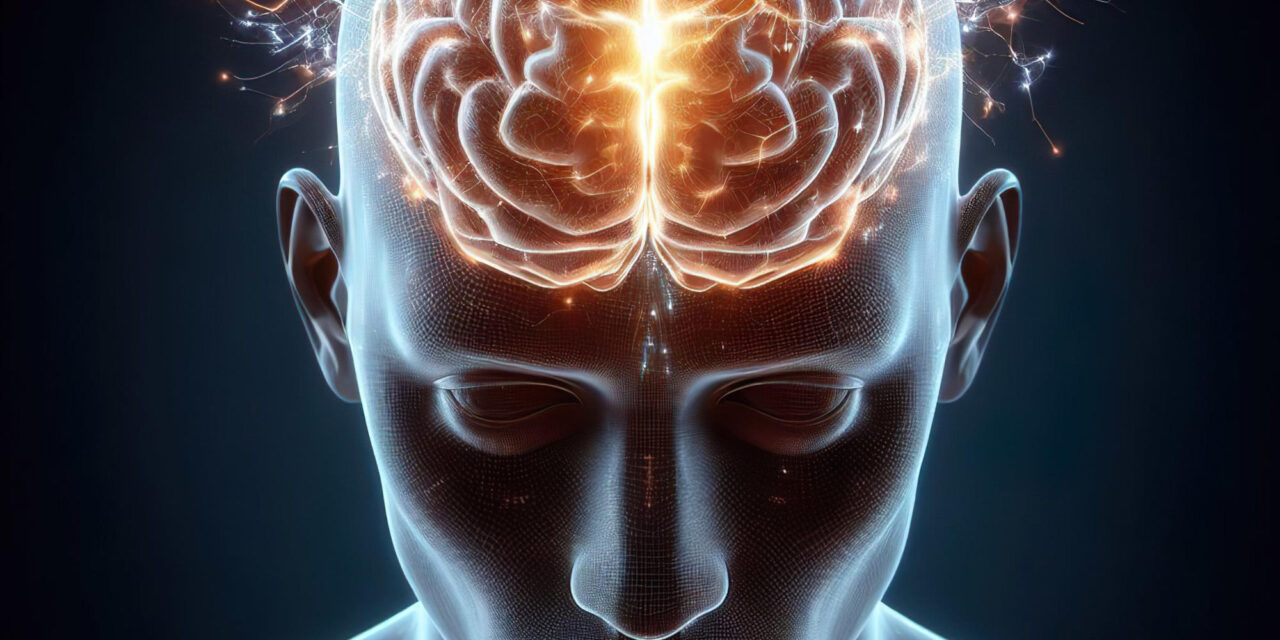Stockholm, Sweden – February 13, 2025 – Researchers at Karolinska Institutet have uncovered new insights into brain changes associated with Parkinson’s disease (PD) using advanced imaging techniques. The findings, recently published in Alzheimer’s & Dementia, focus on reactive astrogliosis, a process involving changes in brain cells known as astrocytes, which may play a crucial role in disease progression.
Understanding Reactive Astrogliosis
Reactive astrogliosis is a response of astrocytes to brain injury and inflammation. While this phenomenon is known to be significant in neurodegenerative diseases, its precise role in Parkinson’s has remained unclear due to the absence of specific biomarkers. However, newly developed brain imaging tracers—BU99008 and Deprenyl—offer the potential to visualize these astrocytic changes. These tracers, however, had not been extensively studied in Parkinson’s disease until now.
Breakthrough in Imaging Parkinson’s Disease
A research team led by Dr. Amit Kumar from the Department of Neurobiology, Care Sciences, and Society examined brain tissue from Parkinson’s patients and healthy individuals. Using radioligand binding and postmortem brain imaging, they studied how BU99008 and Deprenyl bind to astrocytes, thereby mapping reactive astrogliosis across different brain regions.
Their study found distinct binding patterns of these tracers in Parkinson’s-affected brains compared to healthy controls. This indicates that BU99008 and Deprenyl could be used to detect and study reactive astrogliosis in detail. The team also identified significant changes in astrocytic markers and cellular processes in Parkinson’s patients, further reinforcing the potential role of astrocyte activity in disease progression.
“These findings are crucial as they enhance our understanding of reactive astrogliosis in Parkinson’s disease,” said Dr. Kumar. “By using these novel tracers, we can study these changes more effectively, which may pave the way for new diagnostic and therapeutic interventions.”
Future Research and Potential Impact
The researchers plan to further investigate how inflammation contributes to brain changes in Parkinson’s disease. They aim to explore specific inflammatory markers identified in this study and their role in disease progression. Additional studies will also be needed to validate the effectiveness of BU99008 and Deprenyl as reliable markers for reactive astrogliosis in Parkinson’s disease.
“We are excited about the potential of these imaging tracers to advance our understanding of Parkinson’s disease,” added Dr. Kumar. “Our goal is to develop new strategies that can improve the diagnosis and treatment of this condition.”
Reference
Filipa M. Rocha et al., Mapping reactive astrogliosis in Parkinson’s brain with astroglial tracers BU99008 and Deprenyl: New insights from a multi‐marker postmortem study, Alzheimer’s & Dementia (2025). DOI: 10.1002/alz.14488
Disclaimer:
This article is for informational purposes only and does not constitute medical advice. The findings discussed are based on ongoing research and require further validation. Individuals seeking medical guidance on Parkinson’s disease should consult qualified healthcare professionals.












